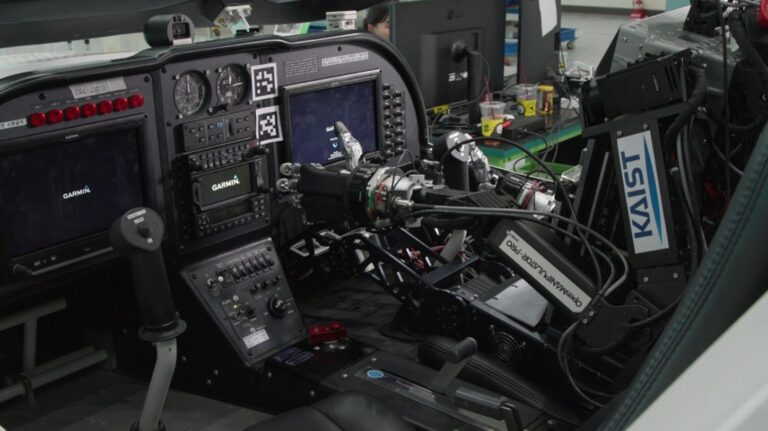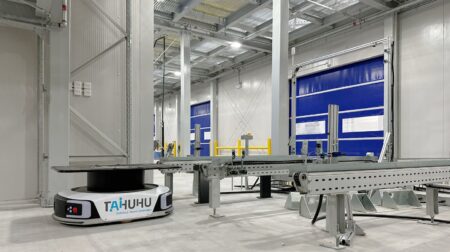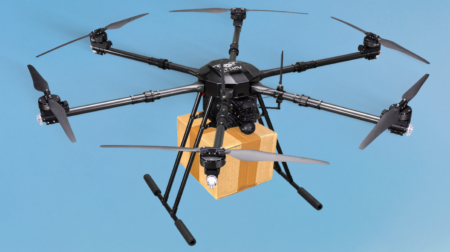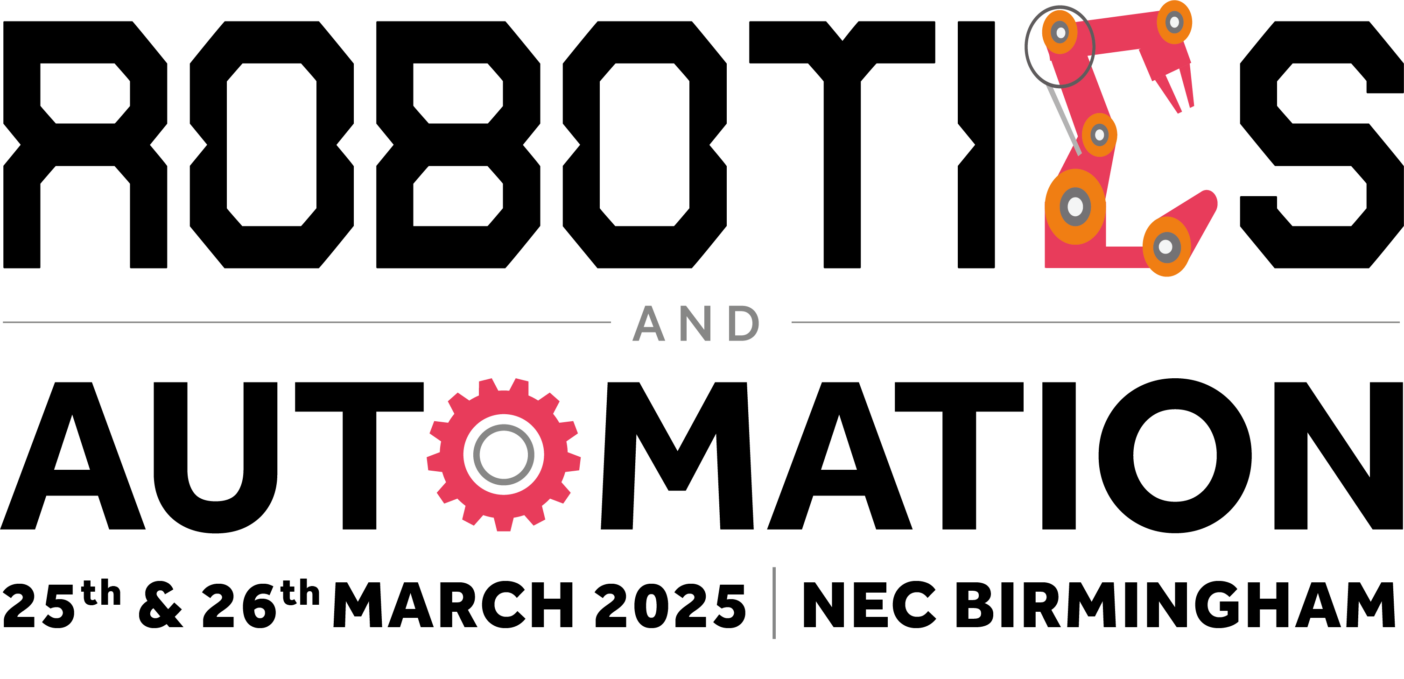A research team from The Korea Advanced Institute of Science and Technology (KAIST) has built a humanoid robot designed to fly a plane and operate cockpit equipment without the need for aircraft modification, which the team said makes it the first of its kind.
Named Pibot, the robot was also designed to understand flight manuals through natural language processing.
Natural language processing refers to the branch of artificial intelligence (AI) studies designed to teach computers to understand text, words and language in the same manner as humans.
One of the next phases of the project will be commercialisation, the team has said.
Professor David Hyunchul Shim, project lead, said: “Humanoid pilot robots do not require the modification of existing aircrafts and can be applied immediately to automated flights. They are therefore highly applicable and practical.
“We expect them to be applied into various other vehicles like cars and military trucks since they can control a wide range of equipment. They will particularly be particularly helpful in situations where military resources are severely depleted.”
Though KAIST team’s humanoid pilot is still under development, it can reportedly already remember Jeppeson charts from around the world, something human pilots are unable to do, as well as ‘flying without error’.
The bot was designed to use ChatGPT technology to remember the Quick Reference Handbook (QRF) in its entirety and respond immediately to a range of scenarios, as well as calculate safe routes in real time based on the flight status of the aircraft.
The team has also claimed its emergency response times are quicker than human pilots. It was built to use an embedded camera to analyse the state of the cockpit, as well as the situation outside the aircraft.
Pibot can also accurately control the various switches in the cockpit and use high-precision technology to accurately control its robotic arms and hands, even during harsh turbulence, according to KAIST researchers.








